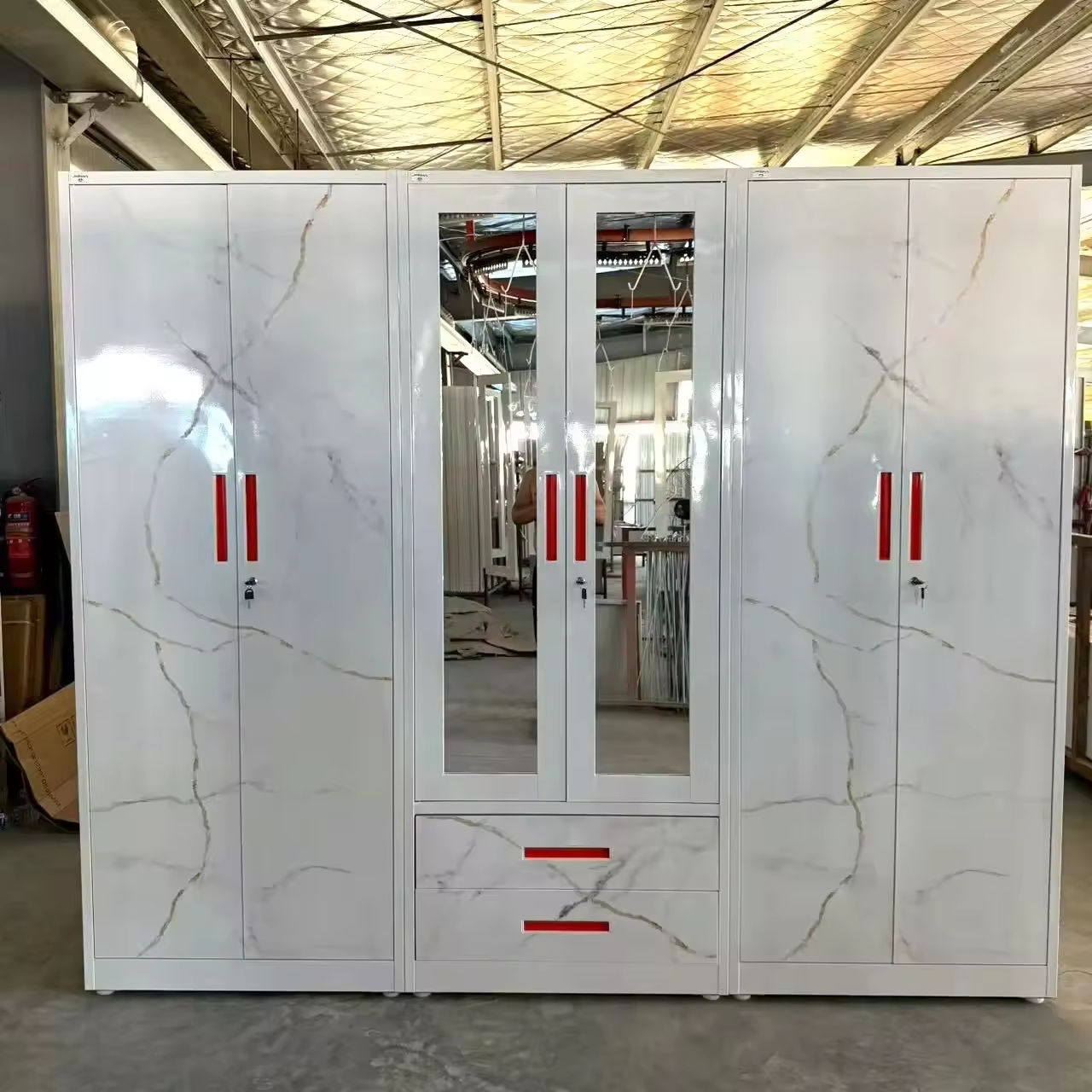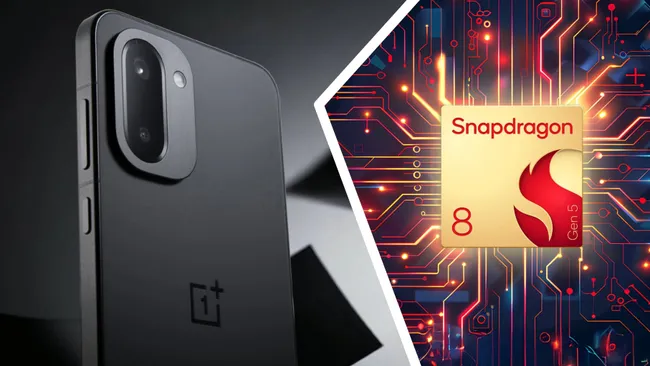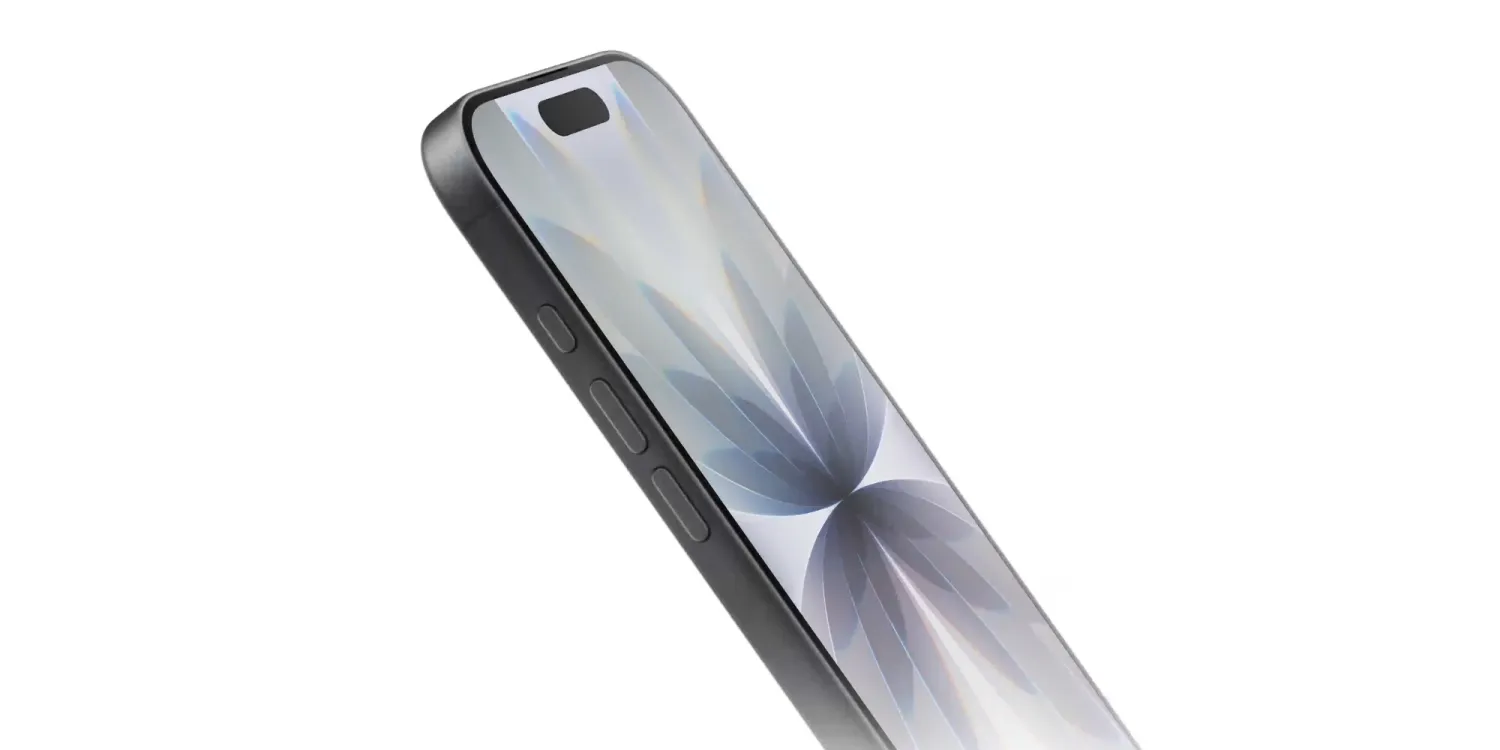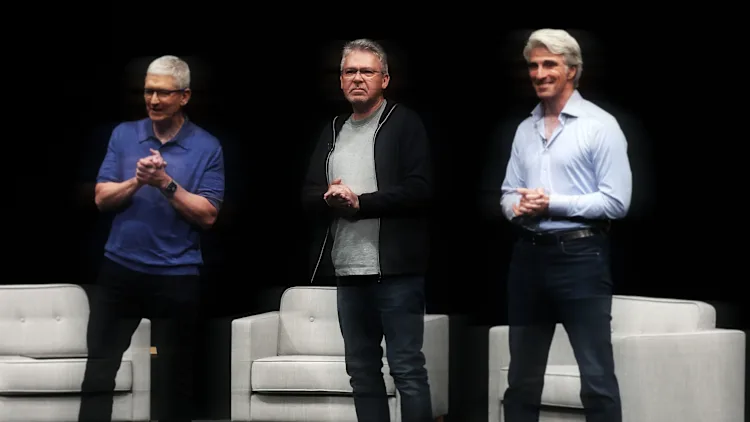Tesla’s signature flush, retractable door handles may now be caught in a regulatory crossfire. New safety rules under discussion in major car markets could force automakers to rethink these minimalist designs — and Tesla appears to be the highest-profile target.
Why Flush Handles Are Now a Problem
For years, Tesla’s door handles have stood as a symbol of futuristic, design-first thinking. They retract into the car body when idle, giving the vehicle a clean, aerodynamic appearance. But multiple incidents and consumer complaints suggest a darker side: in certain failures (especially when the car loses power), the handles have become unusable — trapping occupants inside.
Safety regulators in the United States are investigating complaints related to the Model Y (2021 model year and others). Over 140 consumer complaints filed to the U.S. regulator reference doors that wouldn’t open under power loss or post-crash. In some cases, parents reported children were unable to escape through rear doors and had to break windows or crawl to other exits. Those reports have intensified scrutiny of the design.
At the same time, proposed regulations in China — one of the world’s largest auto markets — would require all vehicles to incorporate mechanical release handles, operable without tools, on both the inside and outside of every door, including after crashes. If final, these rules could take effect as early as mid-2027, applying pressure on global automakers to comply. Because automakers design and certify vehicles years ahead, a requirement of this kind poses serious engineering and scheduling challenges.
The Redesign Tesla Has Announced
Under pressure, Tesla’s design chief, Franz von Holzhausen, revealed that the company plans to combine its electronic handle mechanism and a manual release into a single, more intuitive system. Rather than hiding a separate mechanical latch somewhere obscure, Tesla wants the new design to align the two functions, so that in an emergency people instinctively pull the same handle whether power is on or off.
This change is being driven by safety concerns — particularly the risk that children, rear-seat passengers, or anyone unfamiliar with the car might not locate hidden mechanical releases quickly under stress.
Importantly, Tesla’s update comes amid investigations by U.S. regulators into Model Y vehicles over door handle failures, as well as mounting pressure from safety advocates pushing for standardized emergency access.
Challenges in Redesigning What Seems Simple
At first glance, changing a door handle may seem minor. But automakers describe this as a complex “real estate puzzle.” Car doors are tightly packed with electronics, wiring, sensors, water seals, insulation, speakers, impact beams, and aesthetic panels. Altering a component like a handle can cascade into adjustments all across those systems.
Further, car designs and production lines are locked years in advance. Sudden midcycle changes can overwhelm testing schedules, supply chains, and homologation (regulatory approval) processes.
Adding to the difficulty is that luxury and performance brands often chose flush handles for reasons of design, aerodynamics, and differentiation. Reversing or softening that may upset brand identity and margins. Some argue that a flush handle contributes only minimal gains in drag reduction, raising debate whether the tradeoff is worth it.
Global Implications and Broader Automotive Ripple Effects
China’s proposed rules — if adopted — could effectively ban fully concealed door handles unless they meet mechanical access standards. Because many automakers treat China as a leading market, regulatory decisions there often influence global vehicle design strategies.
Thus, even brands that don’t currently sell vehicles in China may need to adapt to a new global norm. Automakers will likely reexamine their flush-handle designs and develop fallback versions with more traditional mechanical access.
Already, companies beyond Tesla are reacting. Some are tweaking their handle mechanics or adding clearer mechanical latches. The shift suggests we may see a rollback or hybridization of high-design flush handles in future EVs, balancing style with emergency usability.
What Consumers Should Watch For
- Emergency manuals and guides: Owners should be aware of how to operate the mechanical release in their vehicle models, especially rear doors or back seats.
- Model year by model year: Tesla’s redesign may roll out gradually, meaning older models will still carry the risk until retrofits or updates are offered.
- Regulatory changes: Watch markets like the U.S., China, and the EU for adopted rules. Once regulations are locked, manufacturers will have limited flexibility.
- Resale value & safety perception: Vehicles with designs deemed risky under new standards may face lower resale values or heightened consumer demand for safer versions.
Conclusion: A Design Sweet Spot Between Form and Function
Tesla’s door handles have long been lauded as part of its design DNA — a futuristic touch to complement its electric performance. But with safety regulators applying pressure and rules evolving, Tesla (and other automakers) now face a pivotal test: can they preserve elegance while guaranteeing emergency usability?
If successful, this redesign might become a hallmark of next-generation EVs — where style and safety go hand in hand, rather than at odds. But the road will be bumpy, and the stakes are high — for automakers and for anyone who ever trusted a door handle to open when it matters most.
















Leave a Reply